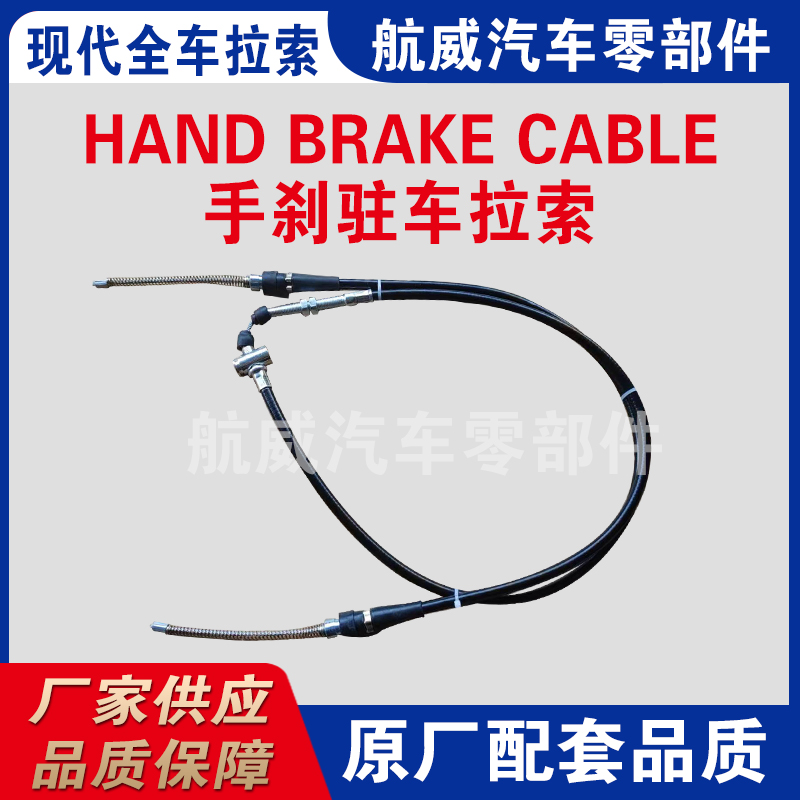Understanding the Importance of E-Brake Line in Vehicle Safety System
Understanding the E-Brake Line Importance and Functionality
The e-brake line, commonly referred to as the emergency brake line, is an essential component of a vehicle's braking system. While most drivers are familiar with the concept of an emergency brake, often found as a lever or a pedal, many remain unaware of the intricacies involved, particularly the role of the e-brake line. In this article, we will explore what the e-brake line is, its functions, maintenance considerations, and its significance in overall vehicle safety.
What is the E-Brake Line?
The e-brake line is a cable or hydraulic line that connects the handbrake lever or foot pedal to the rear wheels of a vehicle. When the emergency brake is activated, this line engages the brake pads or shoes to create friction against the wheels, thereby slowing or stopping the vehicle. Unlike the primary braking system, which is typically powered by hydraulic pressure created by the brake pedal, the e-brake operates either mechanically through a cable system or hydraulically through fluid pressure.
Functionality of the E-Brake Line
Understanding the functionality of the e-brake line is crucial for grasping how emergency brakes work. When a driver pulls the e-brake lever, tension is applied to the e-brake line, which then pulls on the brake components at the rear wheels. This engagement is essential not just for stopping the vehicle in an emergency but also for securing the vehicle when parked on an incline.
The e-brake is particularly vital as a secondary means of stopping the vehicle. In the event of brake failure—whether from mechanical issues or loss of hydraulic pressure—the emergency brake can serve as a backup option. It is crucial for maintaining control during sudden stops or emergencies and can also be a valuable tool for safely parking.
e brake line

Maintenance of the E-Brake Line
Like all components of a vehicle, the e-brake line requires regular maintenance to ensure optimal functionality. Over time, exposure to dirt, moisture, and other environmental factors can lead to wear and tear. Regular inspections are recommended to check for signs of fraying or rust, particularly in cable systems.
Additionally, it is essential to test the e-brake regularly. Engaging the emergency brake should feel smooth, and it should hold the vehicle in place without slipping. If the e-brake feels loose or requires excessive pulling, it may indicate that the e-brake line needs adjustment or replacement.
Importance of the E-Brake Line in Vehicle Safety
The significance of the e-brake line extends beyond its mechanical function. It plays a critical role in enhancing overall vehicle safety. In situations where the primary braking system fails, relying on the e-brake can prevent potential accidents. Moreover, for individuals who park on steep inclines, a properly functioning e-brake is critical to prevent rolling.
In summary, the e-brake line is a fundamental aspect of a vehicle's braking system. Its crucial functions include providing emergency stopping power and serving as a mechanism for securing the vehicle when parked. Regular maintenance and inspections are essential to ensure that it operates effectively. Understanding the e-brake line and recognizing its importance can significantly contribute to safer driving experiences. Whether you're a seasoned driver or a new one, being informed about your vehicle's components, such as the e-brake line, is a key step toward responsible vehicle ownership and safety on the road.
-
Workings of Clutch Pipe and Hose SystemsNewsJun.04,2025
-
The Inner Workings of Hand Brake Cable SystemsNewsJun.04,2025
-
The Secrets of Throttle and Accelerator CablesNewsJun.04,2025
-
The Hidden Lifeline of Your Transmission Gear Shift CablesNewsJun.04,2025
-
Demystifying Gear Cables and Shift LinkagesNewsJun.04,2025
-
Decoding Clutch Line Systems A Comprehensive GuideNewsJun.04,2025
